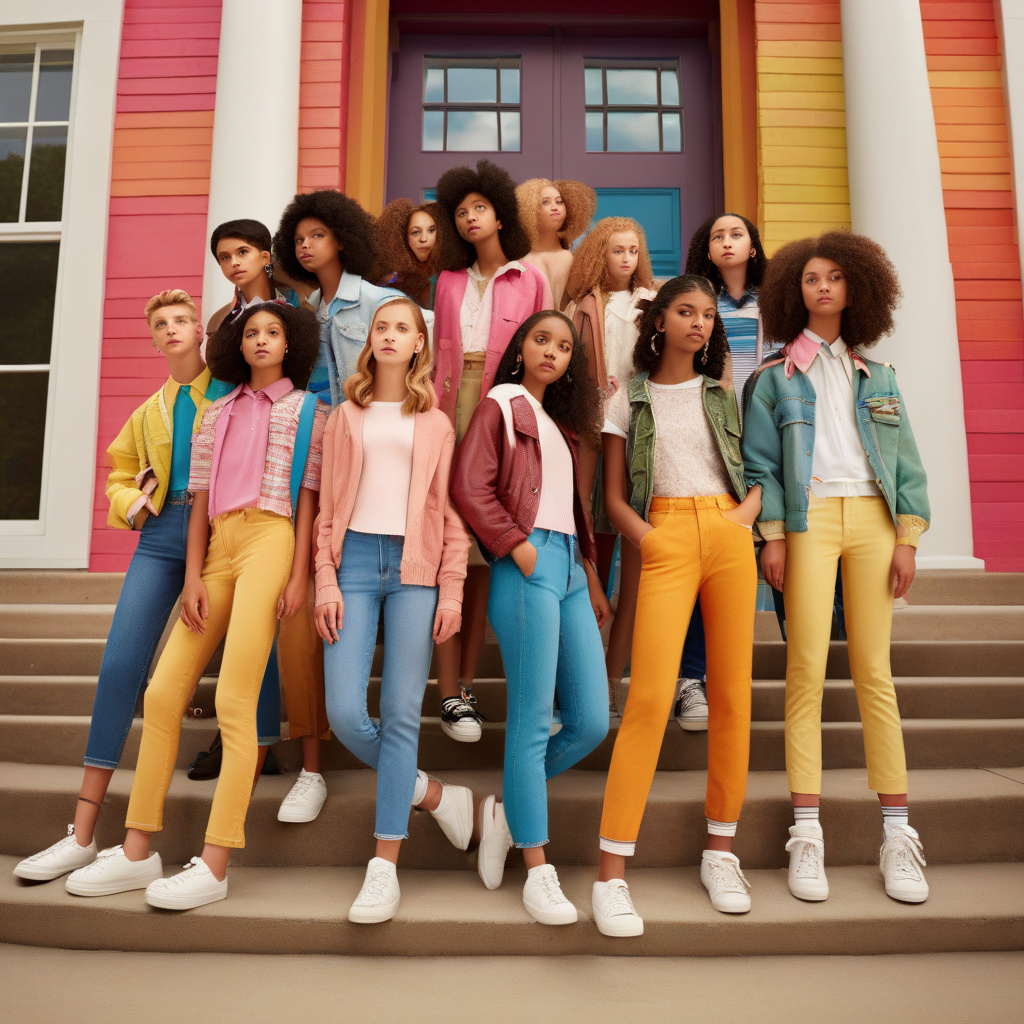This Week: Fashion’s Back-to-School Dilemma
As the summer draws to a close, retailers are gearing up for the back-to-school season, a crucial time for the fashion industry. With an estimated $11 billion at stake, this period can make or break the yearly revenue for many brands and stores. However, this year presents a unique challenge for retailers as they navigate uncertainties surrounding tariffs and consumer spending habits.
The ongoing trade tensions between the United States and other countries have created a cloud of uncertainty for businesses across various sectors, including fashion. Retailers will need to prepare for the summer shopping season without fully understanding what tariffs will be in place. The fluctuating tariffs on imported goods can significantly impact the cost of production for clothing and accessories, ultimately affecting the final retail prices. This unpredictability makes it challenging for retailers to plan their inventory and pricing strategies effectively.
Moreover, the question of how much parents and students are willing to spend adds another layer of complexity to the back-to-school shopping dilemma. In recent years, there has been a growing trend towards prioritizing practicality and value for money in consumer spending. Parents are increasingly looking for durable and versatile clothing options that offer longevity and style. At the same time, students are becoming more conscious of their fashion choices, seeking items that reflect their individuality while being affordable.
To address these challenges, retailers must adopt a strategic approach to their back-to-school collections. One way to mitigate the impact of tariffs is to diversify the sourcing of materials and production to reduce reliance on countries affected by trade tensions. By exploring local manufacturing options and sustainable practices, retailers can not only minimize the risks associated with tariffs but also appeal to the growing segment of eco-conscious consumers.
In terms of pricing and marketing strategies, retailers can leverage data analytics and consumer insights to better understand the spending behaviors of parents and students. Offering competitive pricing, bundled discounts, and personalized promotions can help attract budget-conscious shoppers while enhancing the overall shopping experience. Additionally, emphasizing the quality, durability, and versatility of products can resonate with consumers looking for value-driven purchases.
Collaborations with influencers, fashion bloggers, and social media personalities can also amplify the reach of back-to-school campaigns and create buzz around new collections. Partnering with individuals who have a strong online presence and a loyal following among the target demographic can drive traffic to physical stores and e-commerce platforms. By tapping into the power of social media and digital marketing, retailers can engage with consumers on a more personal level and build lasting relationships beyond the transactional aspect.
In conclusion, the back-to-school season poses a significant challenge for fashion retailers this year due to uncertainties surrounding tariffs and evolving consumer preferences. By adopting a proactive and strategic approach to sourcing, pricing, and marketing, retailers can navigate these challenges successfully and capitalize on the opportunities presented by the lucrative summer shopping season.
budget-friendly, fashion trends, retail strategies, consumer behavior, sustainable practices












